
Irrigation Information
Low Flow/Low Volume Irrigation
In residential settings, the most common, most affordable, and easiest to install low-volume irrigation systems are drip systems. (Note - subsurface irrigation systems are also permitted, which use drip lines installed below ground but these must be put in place before the area is planted and are generally used for commercial crops.)
Above-ground drip systems can be installed by homeowners and do not require professional landscapers. Please refer to the guides below. Drip systems utilize ¼-inch or ½-inch tubing fitted with tiny plastic emitters that allow water to drip out at a regulated pace without clogging. The tubing is laid out on the ground to snake around and among plants and trees and deliver water into the soil at the roots of the plants and trees. You can buy the tubing either pre-punched with emitters factory-installed under the surface every 18 inches, or unperforated, which requires you to punch the holes (with a small punch tool, available with the tubing) and attach the emitters to the outside of the tubing yourself.
It is not difficult to punch the holes and push the emitters into the tube at the base of each plant. Unperforated tubing used in this way allows you to customize a system to your own layout and to connect sections with tubing where you don't have plants. Some companies also sell soaker hoses, laser-perforated rubber that weeps water into the soil without emitters.
Example of a Soaker Hose
Example of Drip Irrigation System in Landscaping
Low flow or low volume devices, also known as Micro-irrigation emission devices, are defined by the 2014 ASABE/ICC 802 – 2014 Landscape Irrigation Sprinkler and Emitters Standard as follows:
“An emission device intended to discharge water in the form of drops or continuous flow at rates less than 30 gallons per hour at the largest area of coverage available for the nozzle series when operated at 30 psi, except during flushing.”
They include Drip Emitters and Microspray devices.
Drip emitters have “a flow rate less than or equal to 6.3 gallon per hour when operated at 30 psi, and are designed to dissipate pressure and discharge a small uniform flow or trickle of water at a constant discharge rate.” They include drip line emitters, multiple outlet emitters and point-source emitters.
Microspray devices have one or more orifices to convert irrigation water pressure to water discharge with a flow rate not to exceed 30 gallons per hour at the largest area of coverage available for the nozzle series when operated at 30 psi. Microspray devices include microbubblers, microspinners and microspray jets.
Installing a Low Volume Drip System:
Drip can be installed using adapters to connect to your existing irrigation pipes and risers. Here are a few resources that may be helpful for your system setup.
-
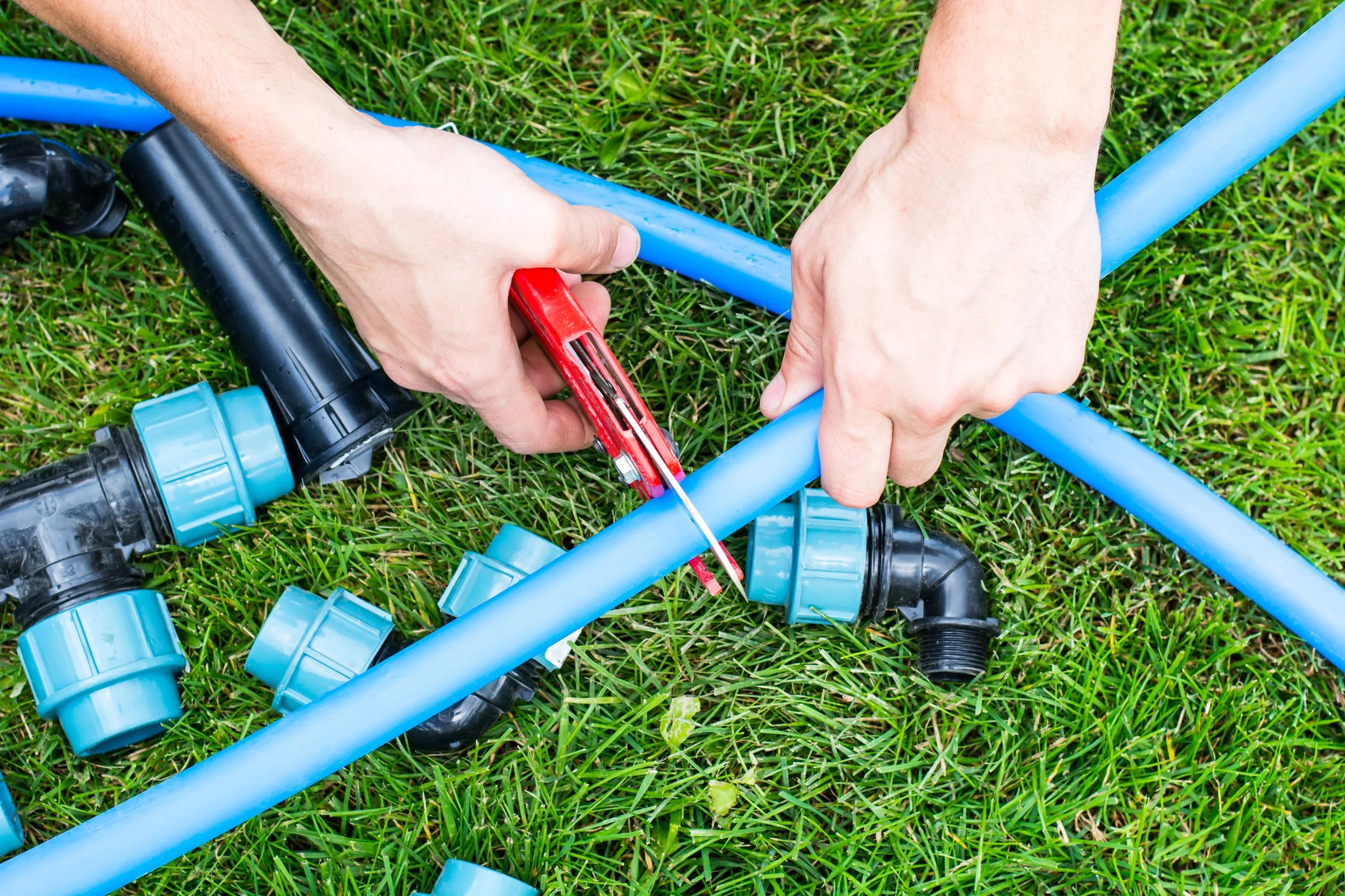
Drip Conversion
Professional landscaper, Russell Ackerman, for the City of Santa Monica shows how to install a drip kit.
-

Easy Skill Level
A written step-by-step guide to installing a drip system from the team at This Old House.
-

Keep Growing
A handy guide from Home Depot highlighting the various system differences and materials.
-

Installation Classes
Sign up for a hands-on drip installation class from Master Gardeners of Ventura County.
How to Install a Drip Irrigation System
A helpful overview of installing of a basic drip irrigation system.
(The information in this video is informational only and not an endorsement by the City of Thousand Oaks. Your individual setup needs may vary and more research should be conducted to ensure the safety and setup of your system)
Irrigation FAQs
Where can I buy low volume irrigation systems?
There are a number of manufacturers of irrigation systems and most of these sell both traditional sprinklers and low volume systems. Below are some links to common ones:
Rainbird: Drip and Low volume
Toro: Landscape Drip, and Spray to drip conversion and drip
Hunter: Micro-irrigation
Orbit: Drip irrigation
Do WaterSense sprinklers qualify as low volume?
No. WaterSense sprinkler bodies include pressure regulation, which helps decrease the overspray associated with irrigation systems that receive water under higher pressure. Although that is an important function, it does not reduce evaporation or allow the water to be delivered slowly to the root system of the plant as low volume drip systems do.
I saw that there are rebates for some rotator nozzles. Do they meet the low volume requirement?
Rotator nozzles do not generally meet the low volume specifications. Rotator nozzles are designed to distribute water more slowly and uniformly to the landscape than traditional sprinklers. Because of this the water from these nozzles is less likely to mist, or run-off onto streets and sidewalks. These nozzles are a good alternative for traditional spray sprinklers in areas that need to be watered broadly such as ground cover. However, they are not designed to deliver water in small volumes slowly at or near the root zone of plants and most do not meet the low volume requirements.

Drip Example

Drip Example
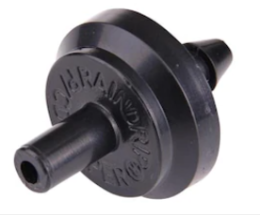
Drip Head

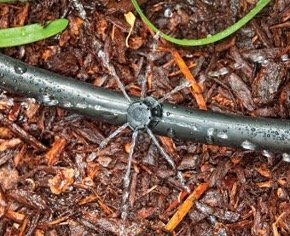
Adjustable Emitter Example

Adjustable Emitter Head

Bubbler Example
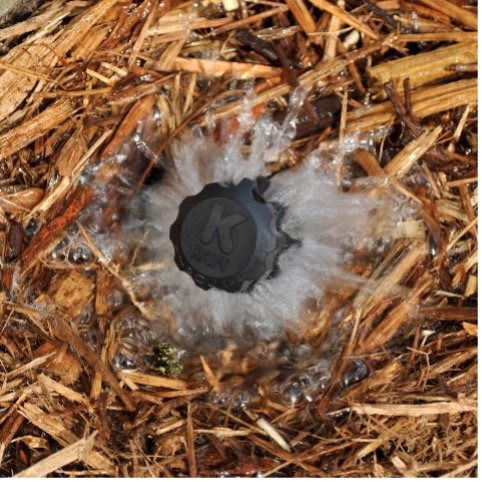
Bubbler Example
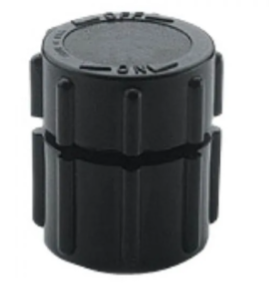
Bubbler Head


